The chart below details the vacancy by courts as of 2020. For the latest and most updated list of federal vacancies, click here to visit the official U.S. Courts site.
| Court | Vacancies | Total Judgeships |
| U.S. Court of Appeals (Circuit Court) | 0 | 179 |
| U.S. District Courts | 47 | 677 |
| U.S. Court of Federal Claims | 7 | 16 |
| U.S. Court of International Trade | 1 | 9 |
| U.S. Supreme Court | 0 | 9 |
| |
Key:Circuit Courts are grouped by color. Click on a circuit to see nominee list and access bios. For small states and Washington DC, click the icons with 2-letter abbreviations.
|
| |
Key:Click on a state to see nominee list and access bios. For small states and Washington DC, click the icons with 2-letter abbreviations.
|
The Constitution, in the Appointments Clause, requires the President:
Once a candidate has been nominated, he or she must be confirmed by the Senate, a process left by the Founders for the Senate to decide as they deem fitting. The current confirmation process has developed over time to include numerous traditions, precedents, professional courtesies, and formal rules adopted by the Senate. Learn more about the 7-Step Process. |
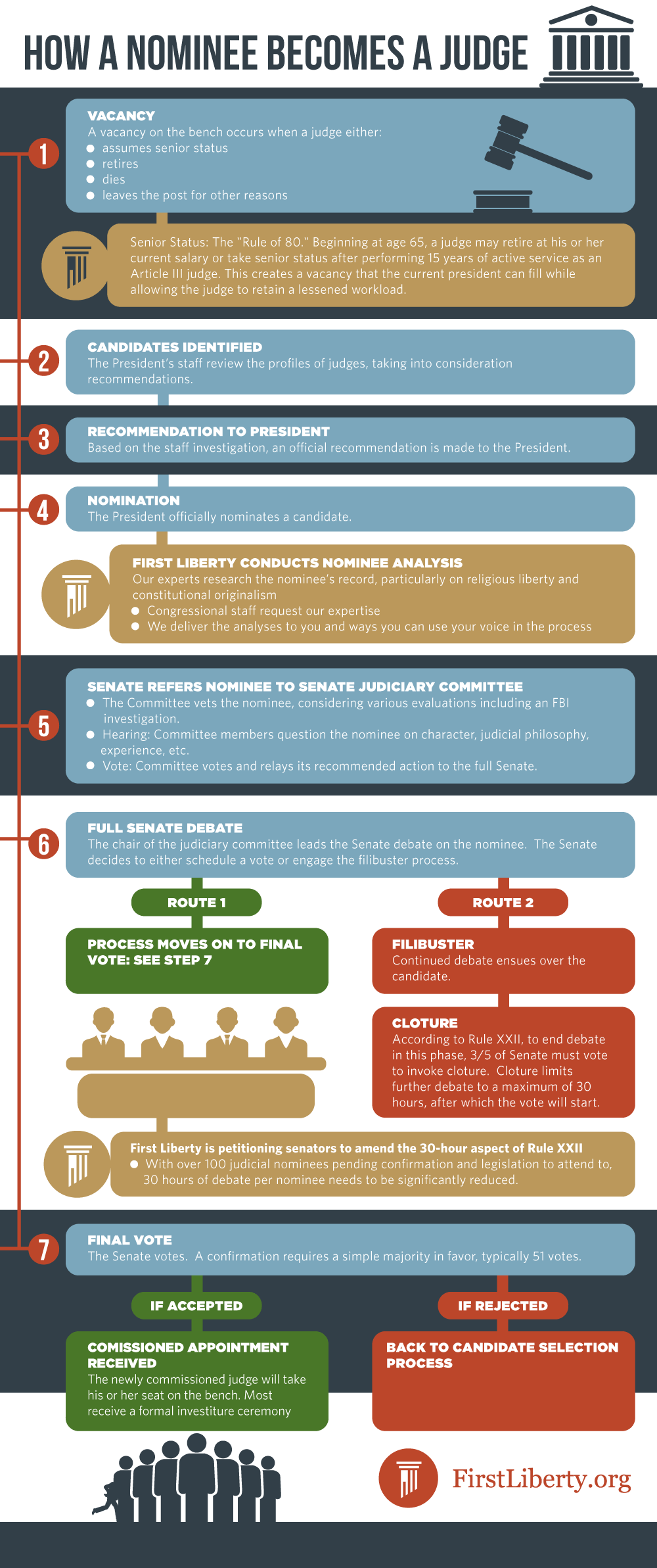
|
Judges who become part of the federal judiciary hold immense power over the lives of Americans, hearing cases that affect religious freedom for generations. The Supreme Court takes about 70-80 cases annually, while federal courts of appeals handle about 35,000 cases per year. So while Supreme Court justice selections are especially important, circuit court and district court judges hear 99% of all federal appeals cases. With the confirmation of Justice Brett Kavanaugh and Justice Amy Coney Barrett to the U.S. Supreme Court, First Liberty attorneys—religious liberty experts—have been analyzing the opinions of judicial candidates related to religious freedom.
DUAL COURT SYSTEM Because the Founders wanted a union of sovereign states, the U.S. has a dual court system: the federal judiciary and the individual state judiciaries. STATE JUDICIARY Each state has its own court system to resolve disputes pertaining state law. States seat judges either through election, appointment or a combination of both election and appointment (Missouri Plan). FEDERAL JUDICIARY The federal judiciary is regulated by the Constitution. Judges on these benches make decisions on issues pertaining to federal law and interstate issues. To be appointed, an individual must be nominated by the president and consented to by the Senate. Click the graphic above for greater detail on the behind the scenes process that leads to an appointment.
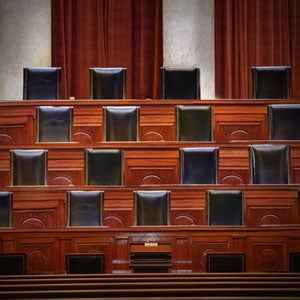 |
Packing the Courts is a Serious Threat and America Needs Another Hatton W. Sumners to Speak Up America needs someone who will stand strong against “court-packing,” a plan that threatens the constitutional order and our liberties. Read More |
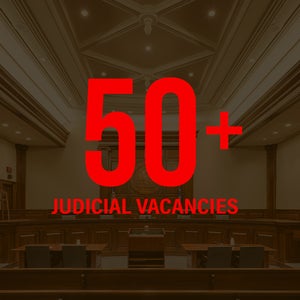 |
One-Third of Federal Appellate Judges Eligible to Retire Could Create Dozens of Vacancies Before going down treacherous road of court-packing, let’s loook at the judicial vacancies already available right now. Read More |
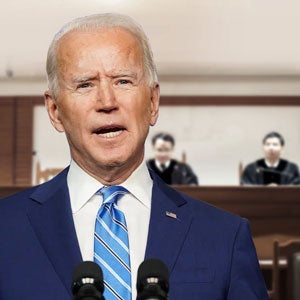 |
What Impact Could A Biden Administration Have on America’s Federal Courts? Is it possible for the new administration to effectuate the same transformation and reshaping of the federal judiciary as its predecessor? Read More |
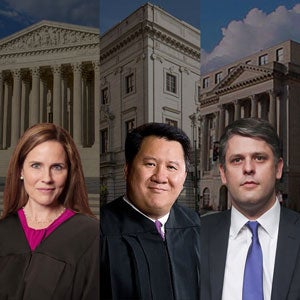 |
Victories Across All Levels of Federal Judiciary Signal a Resurgence of Religious Freedom in 2021 Federal judges have affirmed that religious freedom is an essential right, and houses of worship must be treated equally. Read More |
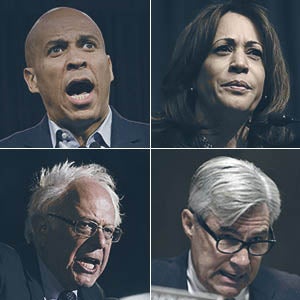 |
Democratic Senators Prey with Religious Tests Senators continue to use un-Constitutional religious tests. Read More |
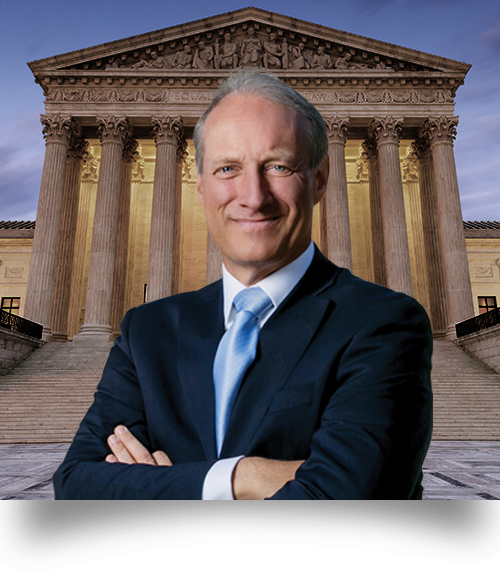 |
Is Religious Liberty Making a Comeback? Our CEO asks if the SCOTUS term will signal a comeback for religious liberty. Read More |
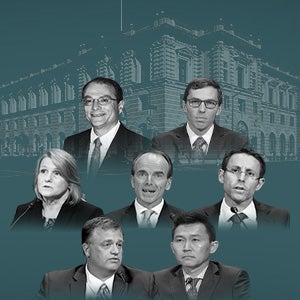 |
5 Ways the 9th Circuit is Changing See through info-graphs five ways the Ninth Circuit is being changed. Read More |
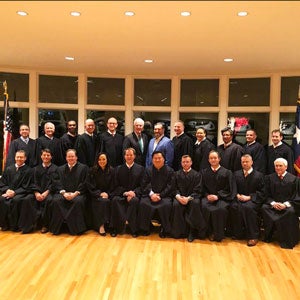 |
New Nominees are Making a ‘Texas-Sized’ Impact Read how judicial nominees are changing the 5th circuit. Ready More |
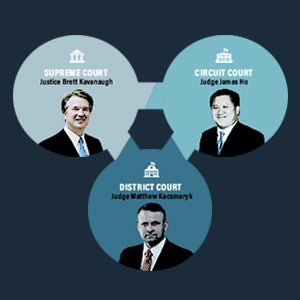 |
7 Pictures show Federal Court’s Transformation See through seven different info-graphs how America’s courts are changing. Read More |
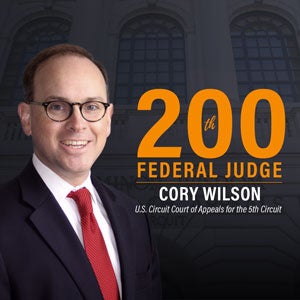 |
Reclaiming the Courts for a Young Generation The U.S. Senate confirms record breaking 200th judicial nominee, Cory Wilson Read More |
Below are links with U.S. Senators by state. If you want to join with First Liberty, contact your U.S. Senators today and tell them to confirm originalist judges, and stop the threat of court-packing in our nation’s federal judiciary.
|
Court
|
Nomination Date |
Nominees
(click for bio)
|
Learn More
|
|---|
| DC-CCA | 09/07/2017 11/28/2017 | Gregory G. Katsas | Expert Analysis | |
| DC-CCA | 11/14/2018 03/13/2019 | Neomi J. Rao | Expert Analysis |